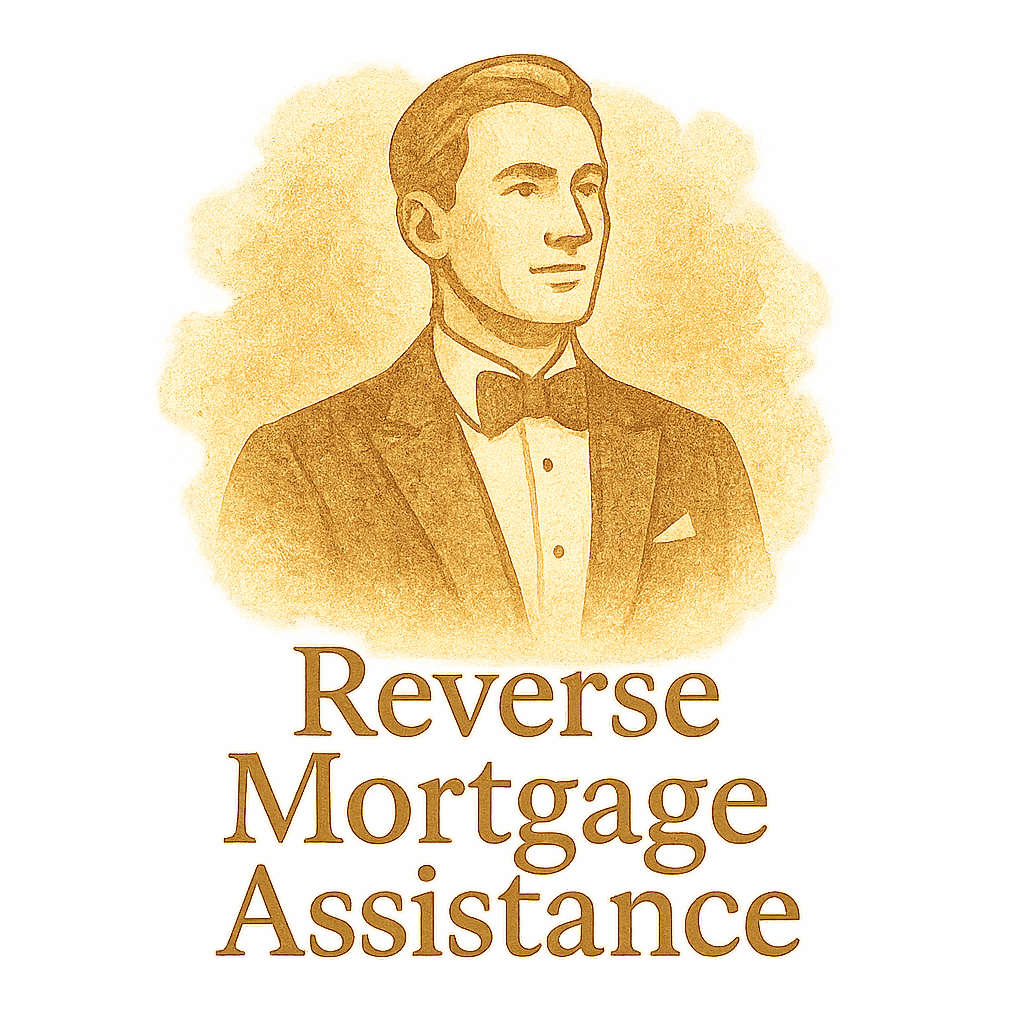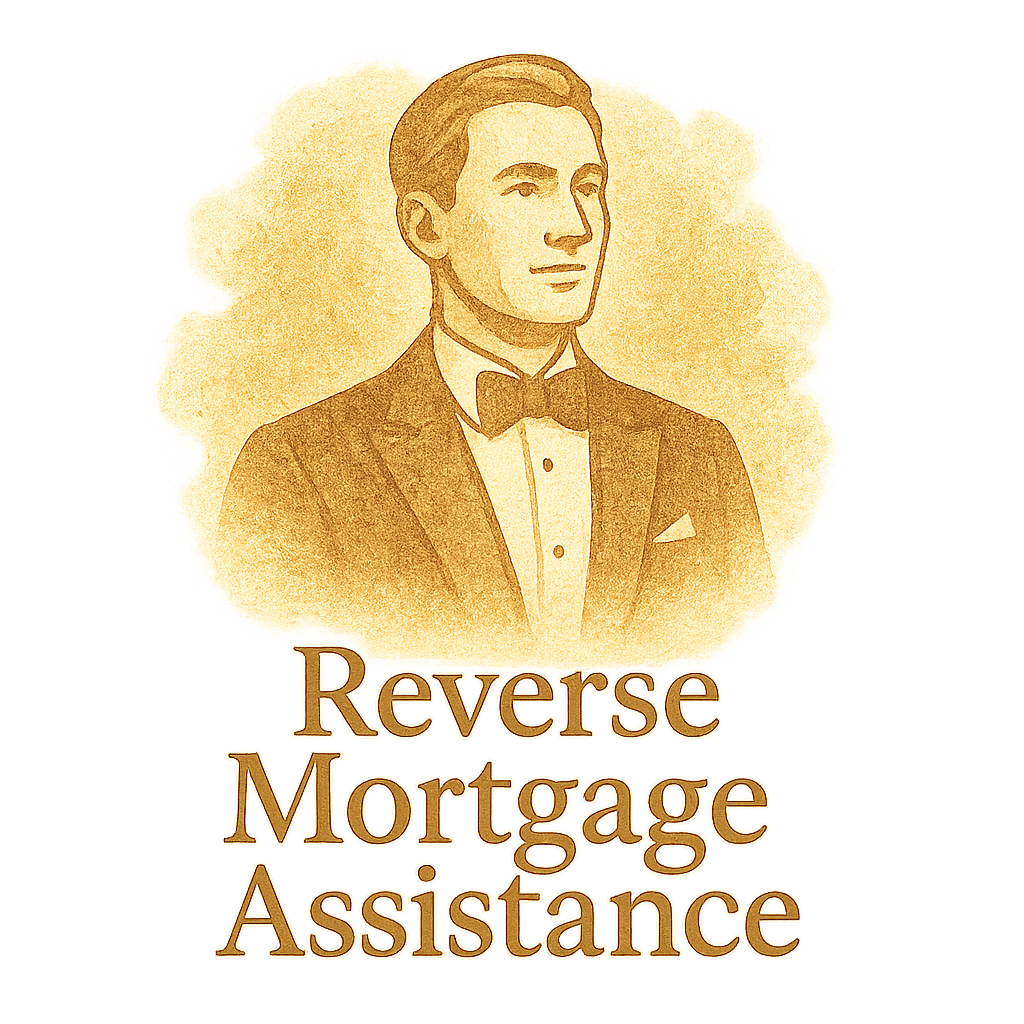Introduction
Ever wonder if a reverse mortgage could be a better fit than your standard home loan? You’re not alone. With the rising cost of living, many retirees are exploring financial tools like reverse mortgages to stay afloat or fund their dream retirement. But how do they really compare to traditional mortgages?
In this article, we’ll break down 9 pros and cons of reverse mortgage vs. traditional mortgage, so you can make an informed decision. Whether you’re looking for flexibility in your golden years or want to stick with something familiar, we’ve got you covered.
What Is a Reverse Mortgage?
A Quick Recap on Reverse Mortgage Basics
A reverse mortgage is a loan available to homeowners aged 62 and older that allows them to convert part of their home equity into cash. Instead of making monthly payments to a lender, the lender pays you. The loan is repaid when the borrower moves out, sells the home, or passes away.
If you need a refresher on the basics, check out our dedicated Reverse Mortgage Basics guide.
Who Typically Chooses a Reverse Mortgage?
Reverse mortgages are ideal for retirees who want to:
- Eliminate monthly mortgage payments
- Supplement their retirement income
- Age in place comfortably
To dive deeper into senior-focused planning, visit the Retirement and Seniors tags.
What Is a Traditional Mortgage?
Overview of a Traditional Mortgage Structure
A traditional mortgage is what most people are familiar with: you borrow money to buy a home and repay it over time, typically in monthly installments, with interest.
Who Benefits Most From a Traditional Mortgage?
This option is best suited for:
- Younger buyers building equity
- Homeowners with steady income
- People investing in long-term real estate gains
Want to compare specific mortgage types? Visit our detailed Loan Comparison page.
Reverse Mortgage vs. Traditional Mortgage: Core Differences
Repayment Structure
- Reverse Mortgage: No monthly payments required.
- Traditional Mortgage: Monthly payments mandatory.
Ownership and Equity Impact
- Reverse mortgages reduce home equity over time.
- Traditional mortgages build equity over time.
Explore the equity trade-offs on our Equity tag page.
Borrower Eligibility
- Reverse mortgage: Must be 62+ with significant home equity.
- Traditional mortgage: Open to a broader age and income range.

9 Pros and Cons of Reverse Mortgage
Pro #1: No Monthly Mortgage Payments
This is perhaps the biggest perk—you don’t have to make monthly payments. It’s a major stress reliever for retirees living on fixed incomes.
Pro #2: Access to Home Equity in Retirement
Need a cash boost? A reverse mortgage unlocks the equity you’ve built. You can use the funds however you like—travel, medical expenses, or home upgrades.
Visit Mortgage Planning to learn how to use these funds wisely.
Pro #3: Stay in Your Home Longer
You retain ownership and can live in your home as long as it remains your primary residence.
Con #1: Loan Balance Grows Over Time
Unlike traditional loans, the balance increases over time due to interest and fees. This reduces the inheritance left for your heirs.
Our Outcomes section explores the long-term effects.
Con #2: High Upfront Fees
Expect to pay for origination fees, closing costs, and mortgage insurance—these add up fast.
Check out our Loan Comparison tag for more insights.
Con #3: Complicated Legal and Regulatory Terms
Reverse mortgages involve layers of contracts, disclosures, and government rules. Make sure you understand the Legal & Regulatory landscape before signing anything.
For key legal lingo, visit our Legal Terms section.
9 Pros and Cons of Traditional Mortgage
Pro #1: Build Equity Over Time
Each payment chips away at your principal, helping you build wealth in the long run.
Pro #2: Predictable Payment Schedule
Fixed-rate mortgages offer consistency, making it easier to budget month to month.
Pro #3: More Lending Options
You can choose from a variety of lenders and loan types, increasing competition and possibly getting better rates.
Explore our Contracts tag for more.
Con #1: Requires Regular Payments Regardless of Income
No income? No exceptions. Traditional mortgages don’t pause for tough times.
Con #2: Risk of Foreclosure
Miss too many payments, and you could lose your home—a scary but real risk.
Con #3: Less Financial Flexibility in Retirement
Having to make payments after you retire can strain your finances and limit your freedom.
How to Choose: Reverse Mortgage or Traditional Mortgage?
Consider Your Age and Retirement Goals
Are you over 62 and done with monthly payments? A reverse mortgage might be your golden ticket.
Understand Your Long-Term Plans
Will you stay in your home for the next 10-20 years? Reverse mortgages make more sense the longer you remain in the property.
Visit our Preparation resources to plan effectively.
Talk With a Reverse Mortgage Specialist
Before deciding, consult with a professional. You can explore more real-life cases on our Mortgage Case Studies page.
Conclusion
So, is a reverse mortgage better than a traditional one? The answer depends entirely on your lifestyle, age, financial goals, and how you envision your retirement.
A reverse mortgage offers flexibility, no monthly payments, and cash in your golden years—but at the cost of shrinking equity and higher fees. A traditional mortgage builds equity and offers predictability but demands consistent income and payments.
Either way, make sure you arm yourself with the right info. Start by visiting Reverse Mortgage Assistance to get expert advice, tools, and real-life success stories that can guide your journey.
FAQs
1. What happens to my home after I die if I have a reverse mortgage?
Your heirs can either repay the loan and keep the home or sell the house to cover the loan balance.
2. Can I switch from a reverse mortgage to a traditional mortgage later?
It’s possible, but it may involve refinancing and qualifying for a new loan based on credit and income.
3. Do I lose ownership with a reverse mortgage?
No, you remain the legal owner of your home as long as you meet loan requirements.
4. How are reverse mortgage funds taxed?
Funds from a reverse mortgage are considered loan proceeds, not income—so they’re typically not taxed.
5. Is a reverse mortgage safe?
Yes, especially if it’s a government-backed HECM loan, but it’s important to understand the fine print. Read our Legal & Regulatory guide for more.
6. Can I get a reverse mortgage if my home still has a mortgage?
Yes, but the reverse mortgage proceeds must first pay off the existing mortgage.
7. What are the main risks of a traditional mortgage?
The biggest risks are foreclosure, market volatility, and long-term debt obligations. For help navigating these, visit our Mortgage Planning section.


